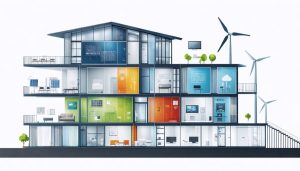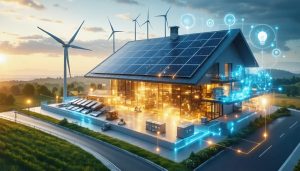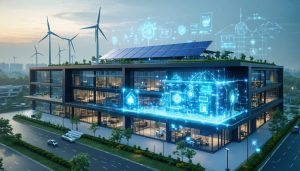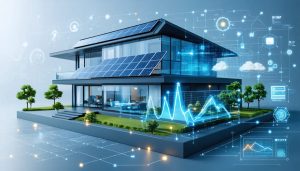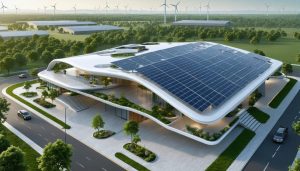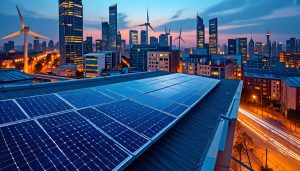
V-Grid Energy Systems: The Future of Self-Sustaining Buildings Is Here
V-grid energy systems represent a transformative approach to commercial building power management, integrating advanced microgrid technology with vertical distribution networks to maximize energy efficiency and resilience. These sophisticated systems enable buildings to operate independently or in conjunction with the main power grid, creating unprecedented flexibility in power distribution and consumption patterns.
By strategically combining renewable energy sources, energy storage solutions, and intelligent load management across multiple floors, v-grid systems optimize power flow throughout vertical structures while maintaining …

